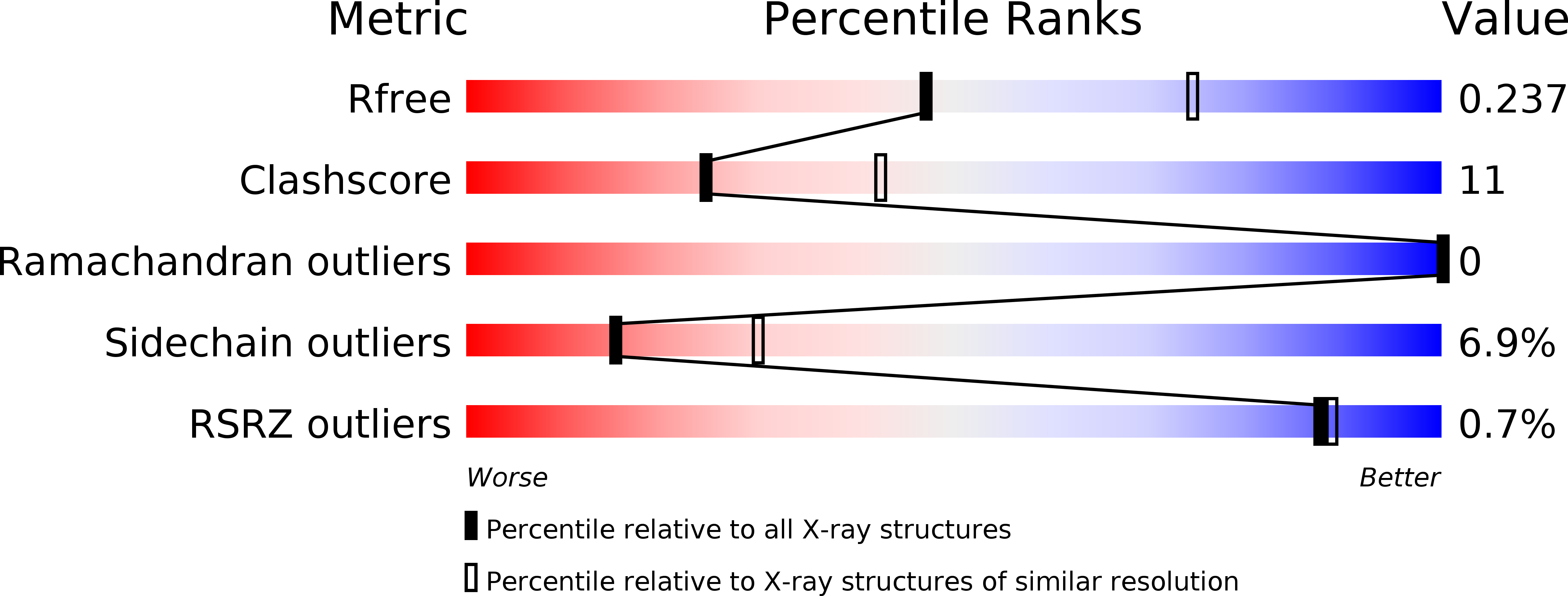
Deposition Date
2008-11-27
Release Date
2009-06-09
Last Version Date
2024-10-16
Entry Detail
PDB ID:
3FE5
Keywords:
Title:
Crystal structure of 3-hydroxyanthranilate 3,4-dioxygenase from bovine kidney
Biological Source:
Source Organism:
Bos taurus (Taxon ID: 9913)
Method Details:
Experimental Method:
Resolution:
2.51 Å
R-Value Free:
0.24
R-Value Work:
0.16
R-Value Observed:
0.16
Space Group:
P 1


